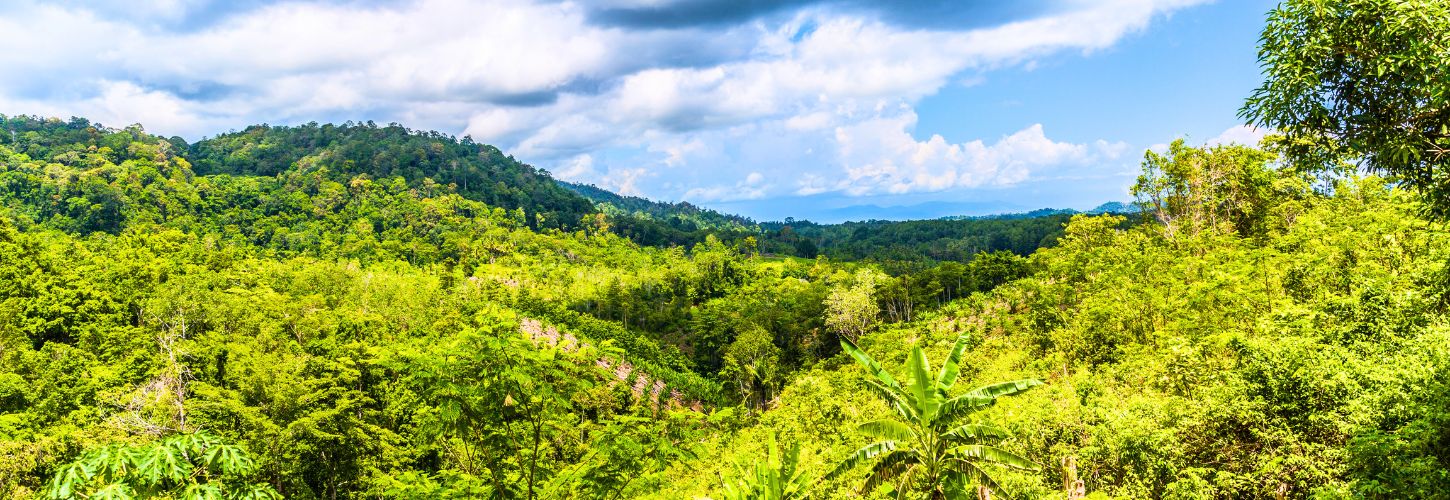
Meat Company Pollution to Blame for New, Near-Record “Dead Zone” Forecast
On the heels of the official NOAA forecast that predicts a near-record size “dead zone” in the Gulf of Mexico this summer, environmental campaign organization Mighty Earth is laying the blame at the feet of America’s biggest meat companies.
“In 2018, JBS was responsible for generating 80 million tons of raw sewage – and that’s just what we know about. Dumping that much manure and slaughterhouse waste into our waters is clearly a major threat to our health and downstream prosperity, but the new forecast shows just how disastrous and out of hand the industry’s pollution has become,” said Mighty Earth Campaign Director Lucia von Reusner. “The environmental catastrophe is rivalled only by the economic damage this will do to the Gulf economies later this year.”
A recent Mighty Earth analysis showed that America’s largest meat companies have built slaughterhouses and processing facilities in flood-prone areas throughout the Mississippi River Basin while failing to develop and implement practices to protect water quality. As a result, 145 million tons of untreated animal waste and other pollutants washed freely off industrial farms into the Mississippi River watershed in 2018, endangering local water quality and ultimately contributing to the toxic algal blooms fueling the annual Gulf dead zone.
Agricultural giant JBS, responsible for 80 million tons of pollution in 2018, was the top polluter identified in the analysis, while Cargill and Tyson were the most vulnerable to flooding. Polluted runoff from fields producing the vast quantities of animal feed used by these companies is another major source of water contamination causing the dead zone.
“Given the climate-fueled extreme flooding washing more and more pollution downstream, it would not be surprising if this is ultimately the largest-ever dead zone,” von Reusner said.
NOAA’s official forecast predicts a hypoxic zone of 7,829 square miles. However, researchers at Louisiana State University who contributed to NOAA’s model predict – with a 95 percent confidence interval – an area between 7,889 and 9,583 square miles. The largest ever recorded to date was in 2017, with a dead zone of 8,776 square miles.
“JBS and the other meat companies have gotten away with their reckless practices for so long because the chain of cause and effect is as long as the Mississippi River,” said von Reusner. “But the connection between uncontrolled runoff from industrial farms and the dead zone is clear – and the results are disastrous. It’s time for industrial meat companies to be held accountable for the unacceptable levels of pollution flushed downstream year after year: they must immediately move to implement protections for America’s water.”


